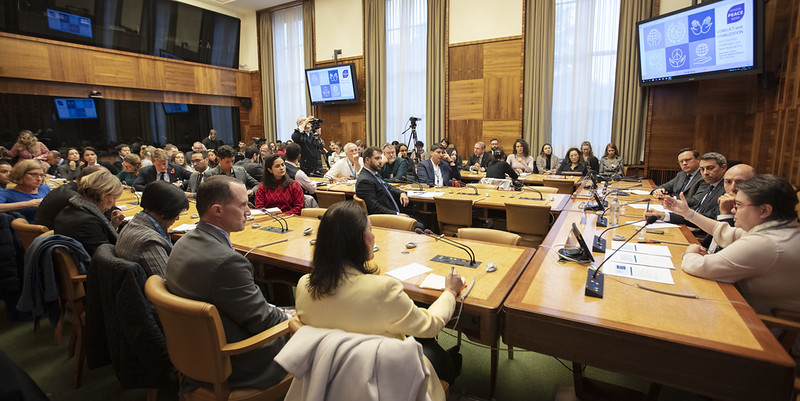As the world confronts the aftermath of the COVID-19 pandemic, resources to assist developing countries recover and make the transition to a green and equitable future are scarce—scarcer than before the pandemic, given donors’ own budgetary constraints and the slowdown in global GDP growth. If there’s one thing that’s clear, it’s that whatever public financing is available must be used well.
As bilateral donor agencies look at their limited budgets, they face a tough decision: what part of their development assistance should go into grant funded activities, such as in education, social protection, and health, and what part should be allocated to development finance institutions (DFIs) as capital that can be invested in private enterprises and recycled?
In a new policy paper, former CGD research fellow Paddy Carter puts forward a decision-making framework that could guide these allocations decision. He suggests that the development community, and aid agencies in particular, look at two things. First, the returns on investment in the form of higher incomes for workers and consumers, adjusted for distributional concerns, and how that compares to grant-funded aid programs. Second, a diversification argument that different things may turn out to be more or less important for long run poverty reduction, so it’s worth hedging your bets.
This will not be entirely satisfactory to either DFI cheerleaders or the DFI sceptics, as like any sound economic analysis the answer is “it depends, and more analysis is needed.” While the paper makes a solid case that some aid should go to DFIs, how much is not clear. The argument identifies several unknowns, and their resolution could either strengthen or weaken the case for DFIs. But the real value of the paper is not in reaching a definitive answer, which nobody has when it comes to deciding between alternative uses of aid, but in putting forward a framework for how donors should think about how much to allocate to grants versus investing in DFIs.
Read the paper here.
CGD blog posts reflect the views of the authors, drawing on prior research and experience in their areas of expertise.
CGD is a nonpartisan, independent organization and does not take institutional positions.






